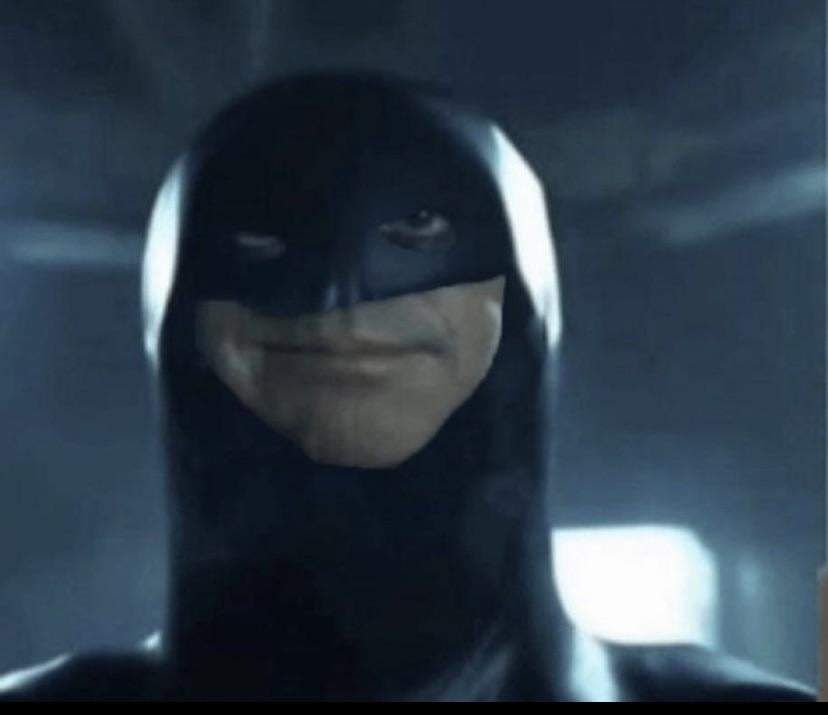This is a battery cell case that was a pain last time I printed it with supports
What exactly is the difference to just printing it standing?
This particular model would have lots of troublesome bridging if printed vertically, and would need supports along the entire length if printed horizontally.
Less overhangs?
That’s one, but if you are priting a particularly delicate part, printing at an angle could strengthen the part significantly
How? What mechanisms, conditions, etc, are we manipulating which produce such a significant effect? After a bit of searching I found this write up:
https://thor3d.ca/wp/the-effects-of-print-orientation-on-strength/
Is this what we’re referring to? To summarize (if I’ve understood this properly): Printing at 45 degrees ensures none of the print’s three axes are aligned with the printer’s least accurate axis of movement.
This model is almost entirely overhangs with small gaps between them, making support removal a pain. This way uses less filament and makes for better quality
As a total beginner, it’s not really clear to me what’s meant here. I read printing some things are better to print at an angle, like boxes, for additional strength. Is that what’s meant here?
I think OP is putting it at an angle so there are no 90 degree overhangs and so the model doesn’t need support added or removed.
Ohh nice, battery pez dispenser!
Is that considered a raft + supports or just supports on there?
Just supports, I had to manually paint them in to prevent the slicer from putting them all the way up the side
In Orca slicer, if you use tree supports and hybrid, an option appears (advanced must be enabled) for something like “Essential supports only”. It is so much better than spending all that time adding or blocking supports.


